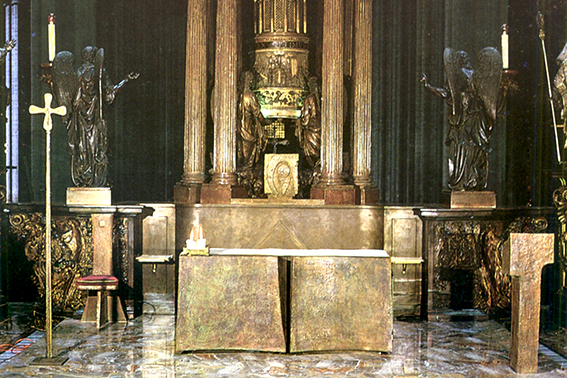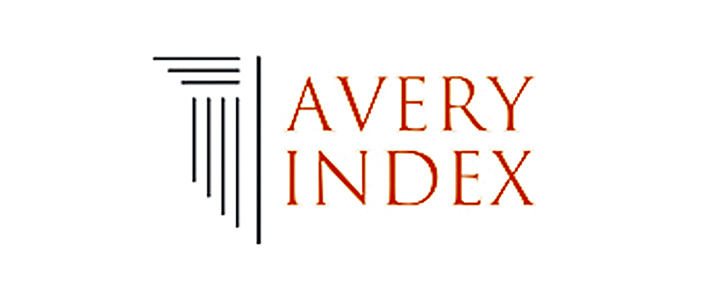Casale Monferrato, Milán, Piacenza: three revisited Cathedrals
DOI:
https://doi.org/10.17979/aarc.2020.7.0.6291Keywords:
religious architecture, Italy, cathedrals, Vatican II, presbyteral areasAbstract
Vatican II expressed norms for the liturgical installation of presbyters, a guide for the design of new churches. For the adaptation of the presbyters of churches before the Council, the proposals for intervention, diversified in time and space, have found fulfillment where there was no need to preserve elements of high patrimonial value. Instead, it was arduous to work in historic buildings, with elements of high artistic value. It is useful to consider significant examples to verify the solutions adopted and to favor an analysis of the interventions.
The Italian cathedrals of Casale Monferrato, Milan and Piacenza are taken into consideration to highlight the criteria that led to a fruitful comparison between architects, artists and liturgists in order to adopt adequate solutions for the presbyteral areas. The research highlights in some contexts proposals for the enhancement of existing works of art, in other new sculptures in harmony with the architectural building.
Downloads
Metrics
References
CEI. Commissione Episcopale per la Liturgia. 1996. L’adeguamento delle chiese secondo la riforma liturgica. Nota pastorale. Consultado el 27/09/2019. https://bit.ly/2zm2YXd.
CEI. Ufficio Nazionale per i Beni Culturali Ecclesiastici. 1997. Spirito Creatore. Proposte e suggerimenti per promuovere la pastorale degli artisti e dell’arte. Consultado el 27/09/2019. http://bit.ly/2D5YoyD.
Della Longa, Giorgio, Antonio Marchesi y Massimiliano Valdinoci, coord. 2007. Le cattedrali dell’Emilia-Romagna Storia, Arte, Liturgia. Lo stato di adeguamento delle chiese cattedrali della Regione Ecclesiastica Emilia-Romagna alla riforma liturgica del Concilio Vaticano II. Rovereto: Nicolodi.
Della Longa, Giorgio, Antonio Marchesi y Massimiliano Valdinoci, coord. 2002. Antichi spazi per la nuova liturgia. Le cattedrali del Triveneto. Rovereto: Nicolodi.
Grisi, Tino y Giampiero Lilli, coord. 2011. Le cattedrali della Lombardia, l’adeguamento liturgico delle chiese madri nella regione ecclesiastica lombarda. Cinisello Balsamo: Silvana.
Juan Pablo II. 1999. Carta a los artistas (4 de abril). Consultado el 07/06/2019, http://bit.ly/2riJS3S.
Pablo VI. 1964. ‘Misa de los artistas’ en la Capilla Sixtina [Discurso a los artistas romanos] (7 de mayo). Consultado el 22/09/2019, http://bit.ly/35oiYGB.
Ruggeri, Costantino. 1986. Duomo di Milano. Cappella feriale. Settimo Milanese: Barlocchi.
Santi, Giancarlo. 2016. Il Rinnovamento liturgico delle Chiese in Italia dopo il Vaticano II Linee guida, realizzazioni e progetti. Peschiera Borromeo: Vita e Pensiero.
















